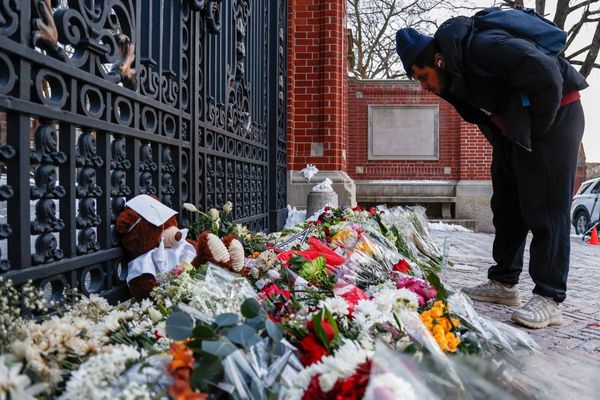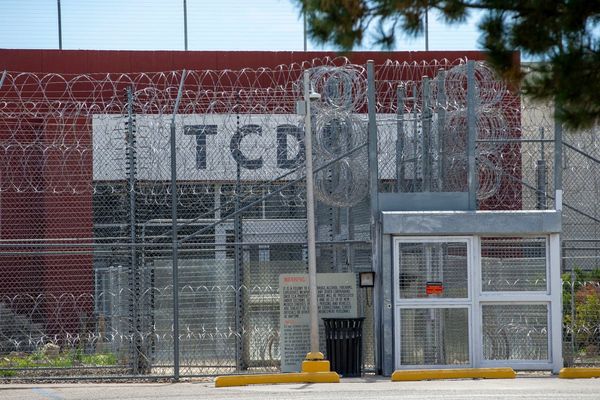
As you approach the towering, 43-metre gold statue of the Hindu deity Murugan, who stands guard outside the Batu caves near Kuala Lumpur, the first thing you notice is the smile across his lips. The mighty god looks very happy to be there. But so does everyone who visits the Malaysian capital. Quite simply, Kuala Lumpur is captivating.
The city, which can be reached on a daily direct British Airways flight from London Heathrow, is an intoxicating melange of Malay, Chinese and Indian culture. It’s easy to see why, according to Euromonitor International, it’s in the top 10 of most visited cities in the world for international arrivals.
The moment you step off the plane, you are plunged into a metropolis crackling with energy. Walking around the city – the best way to explore the Malaysian capital – is an exhilarating experience. You are constantly stimulated by the sights, sounds and smells of this vivid, charismatic destination. That is certainly true in Jalan Alor, the street famous for its hawker food. Festooned with red lanterns, this bustling thoroughfare isn’t about fancy dining – it serves food with plastic forks, so don’t expect silver cutlery.
Explore the local cuisine
Jostling for your attention, the food stalls proffer a dizzying variety of dishes. Enjoy a scrumptious Malaysian-Chinese feast at the Restoran Sai Woo, where you can try mapo tofu, black hokkien mee, and oyster omelette; or frog legs, pepper crab, and fried pork marinated with soy sauce at the Lim Kee Restaurant; and head to the Mongolia BBQ stall for nasi goreng, chargrilled chicken wings and chicken cheese sausages.
Just as enticing is the fare on offer in Chinatown, an enchanting quarter of the city centre overflowing with colourful Taoist temples and markets selling everything from batik cushions to bamboo bowls. It’s also the best place to sample Malaysia’s national dish nasi lemak. Try out Merchant’s Lane restaurant, bedecked with ferns, for one of the best interpretations of this delectable plate of coconut milk rice mixed with salad, peanuts, egg and sambal (a spicy Javanese chilli paste).
Marvel at the architecture
The Kuala Lumpur skyline is equally celebrated. The most iconic building is the Petronas Twin Towers, the tallest twin skyscrapers in the world. The towers, which played a leading role in Entrapment, the 1999 thriller starring Sean Connery and Catherine Zeta-Jones, each boast 88 floors. They are linked by a two-storey skybridge between the 41st and 42nd floors. The vista from the summit is truly breathtaking.
Wander through stunning greenery
You can also get a marvellous view of the Petronas Twin Towers from the neighbouring KLCC Park. The 20-hectare park has a number of beautifully landscaped lawns, well-marked paths, a wading pool and an array of sculptures. Dotted around the KLCC Park are 1,900 species of trees indigenous to Malaysia, including many examples of the splendid, deep-green Ficus elastica (rubber plant). In addition, the park is home to a spacious 1-hectare playground.
Perhaps the most appealing feature of the park, though, is the wonderful 930 sq meters Lake Symphony. There’s also a fountain show at 8pm, 9pm and 10pm every night, when the fountains foxtrot to music in a memorable son et lumière performance.
Take in some history
Another integral part of the Kuala Lumpur skyline is the Sultan Abdul Samad Building, an elegant colonial edifice. In 1894, architect AC Norman designed the building as a British government office in a classic Renaissance style. To pay tribute to the identity of the Malaysian people, he embellished the construction with elegant Islamic flourishes, three copper domes and two minarets.
The 40-metre clock tower – known as the “Big Ben of Malaysia” – ushered in the country’s independence at midnight on 31 August 1957. Every year since then, it has been the centrepiece of Malaysia’s independence commemorations, as the clock is illuminated with multicoloured lights in celebration.
You can’t visit Kuala Lumpur without seeing the Batu caves. Built into a 325-metre mogote, this astonishing site is the largest Hindu temple complex outside India. One of the most visited destinations in Malaysia, the 400m-year-old limestone caves first took on religious significance in 1891, when K Thamboosamy, an Indian Tamil trader, created a Hindu temple there dedicated to Murugan.
Accessed by 272 rainbow-coloured steps, the network of caves is now filled with entrancing temples, shrines and murals – and a panoply of unexpected wildlife. These astounding caves sum up the sheer magnetism of Kuala Lumpur.
As you board the plane back to the UK at the end of your stay, you will no doubt still be sporting a smile reminiscent of Murugan’s as you reflect on the marvels of the Malaysian capital.
For more information and to start planning your Malaysian adventure in Kuala Lumpur, visit ba.com/malaysia







